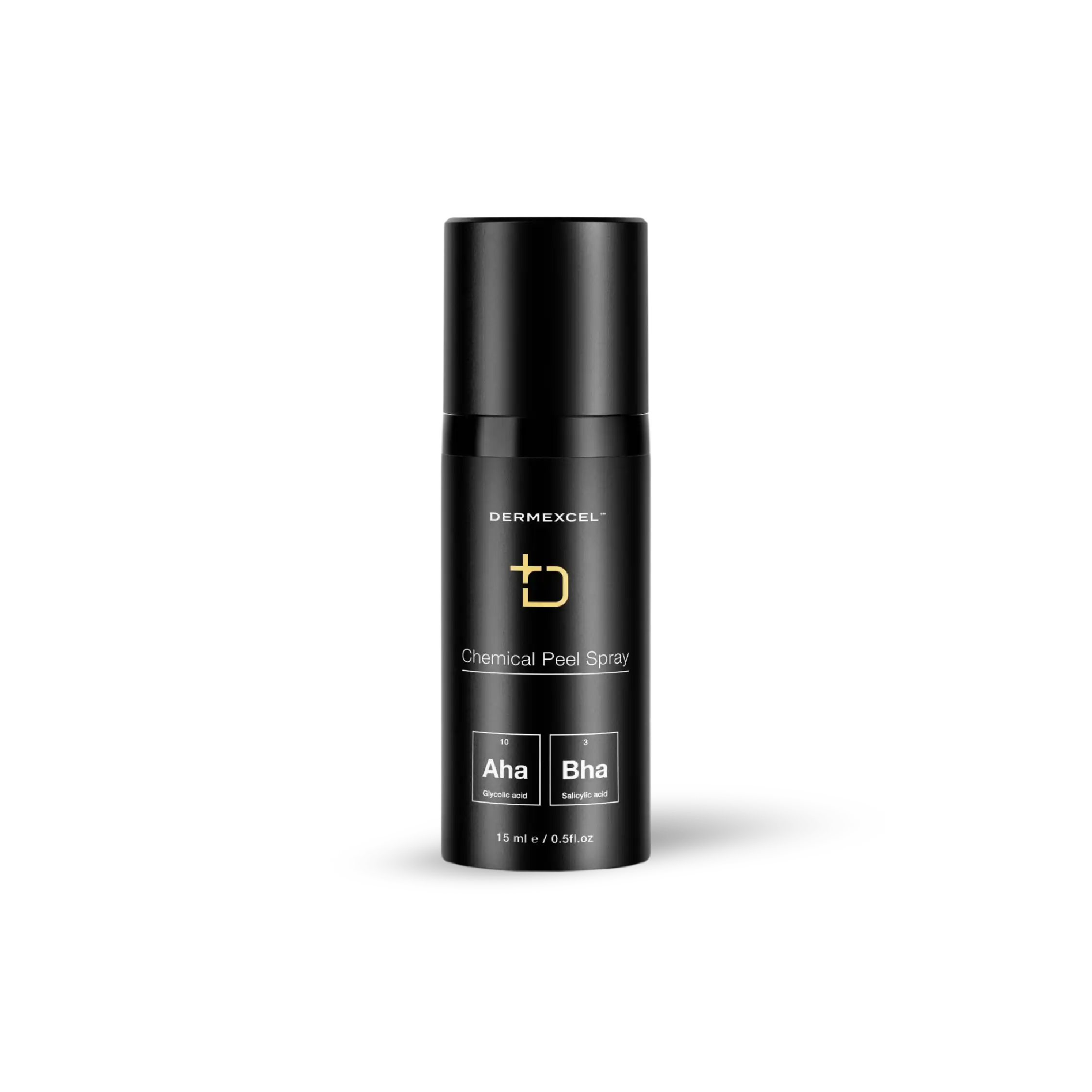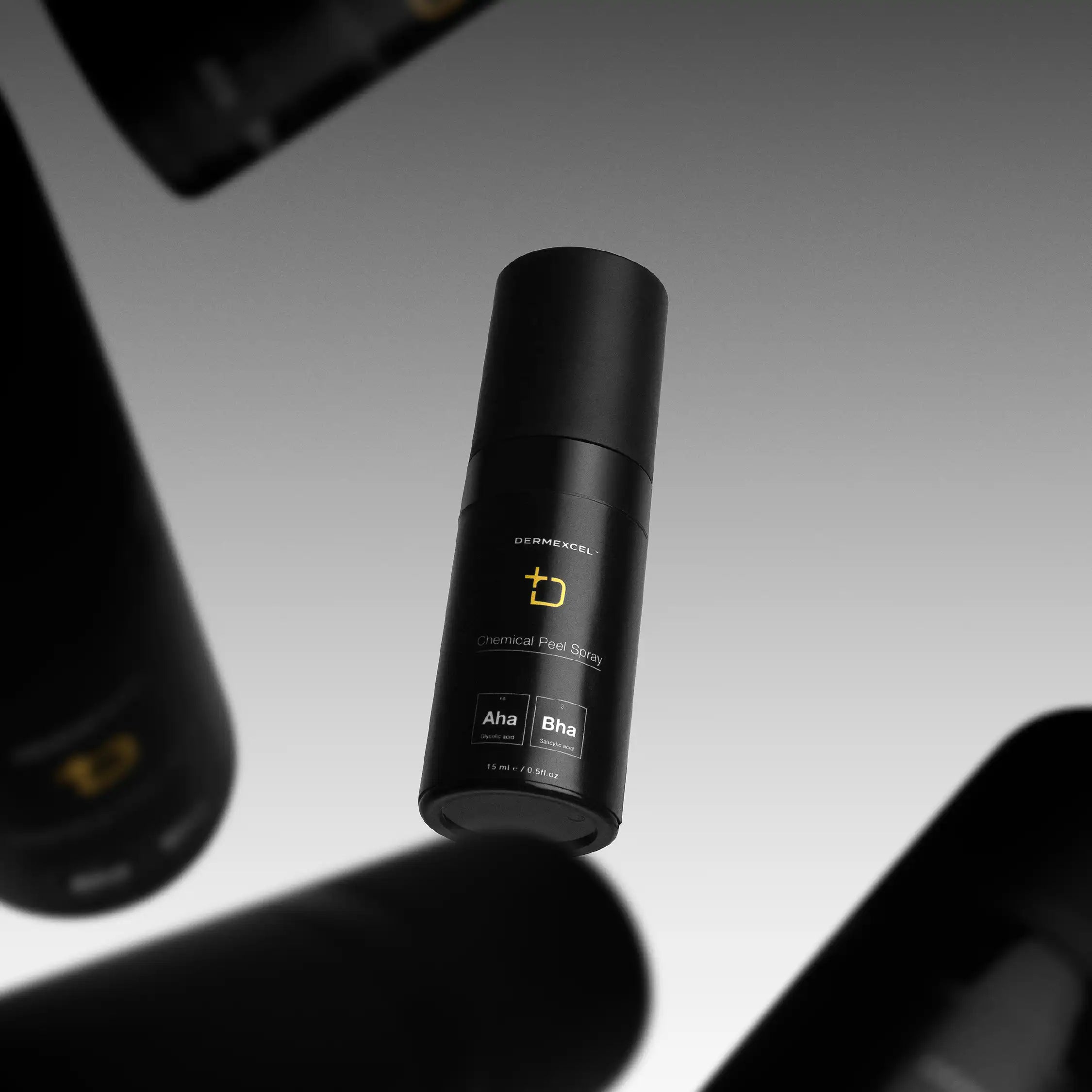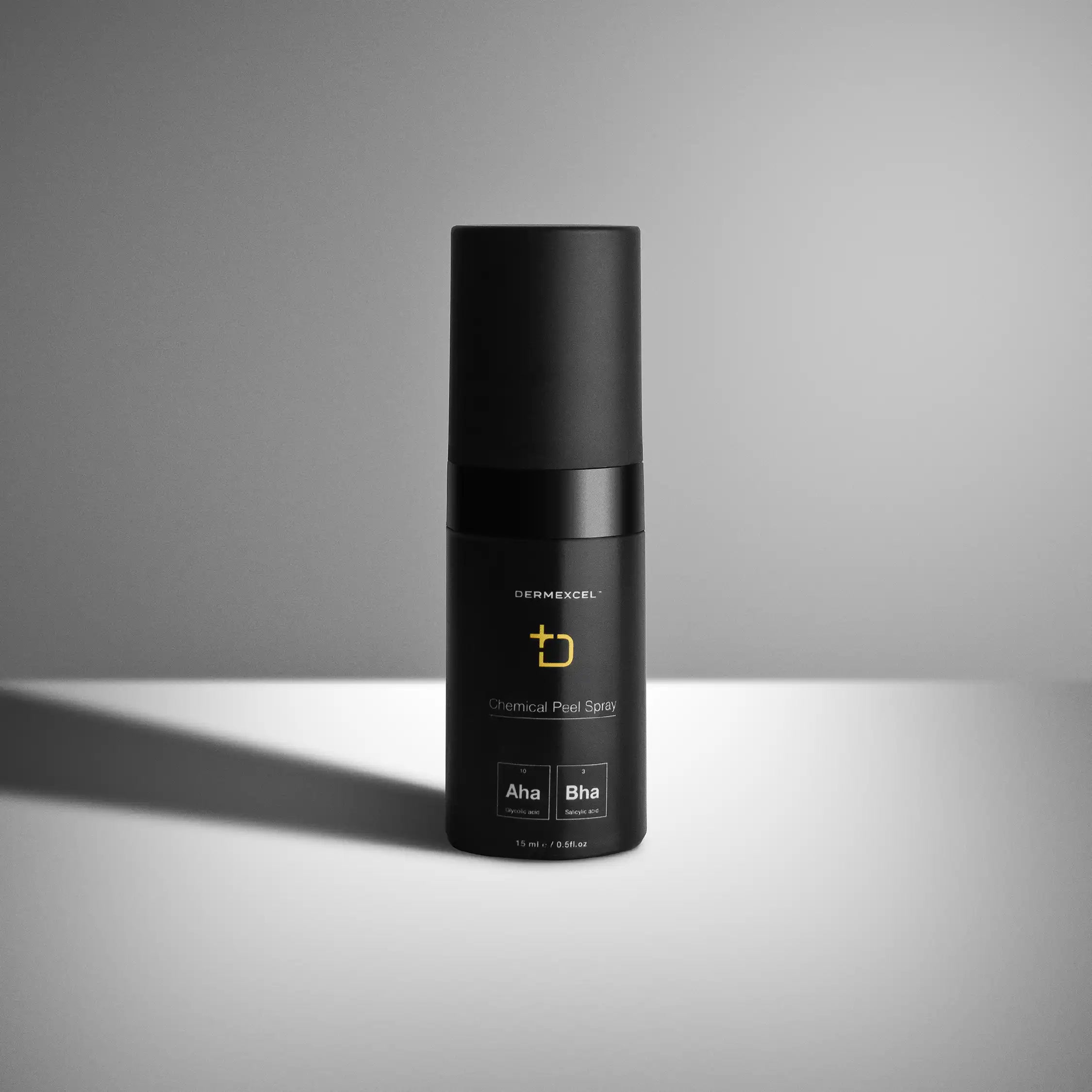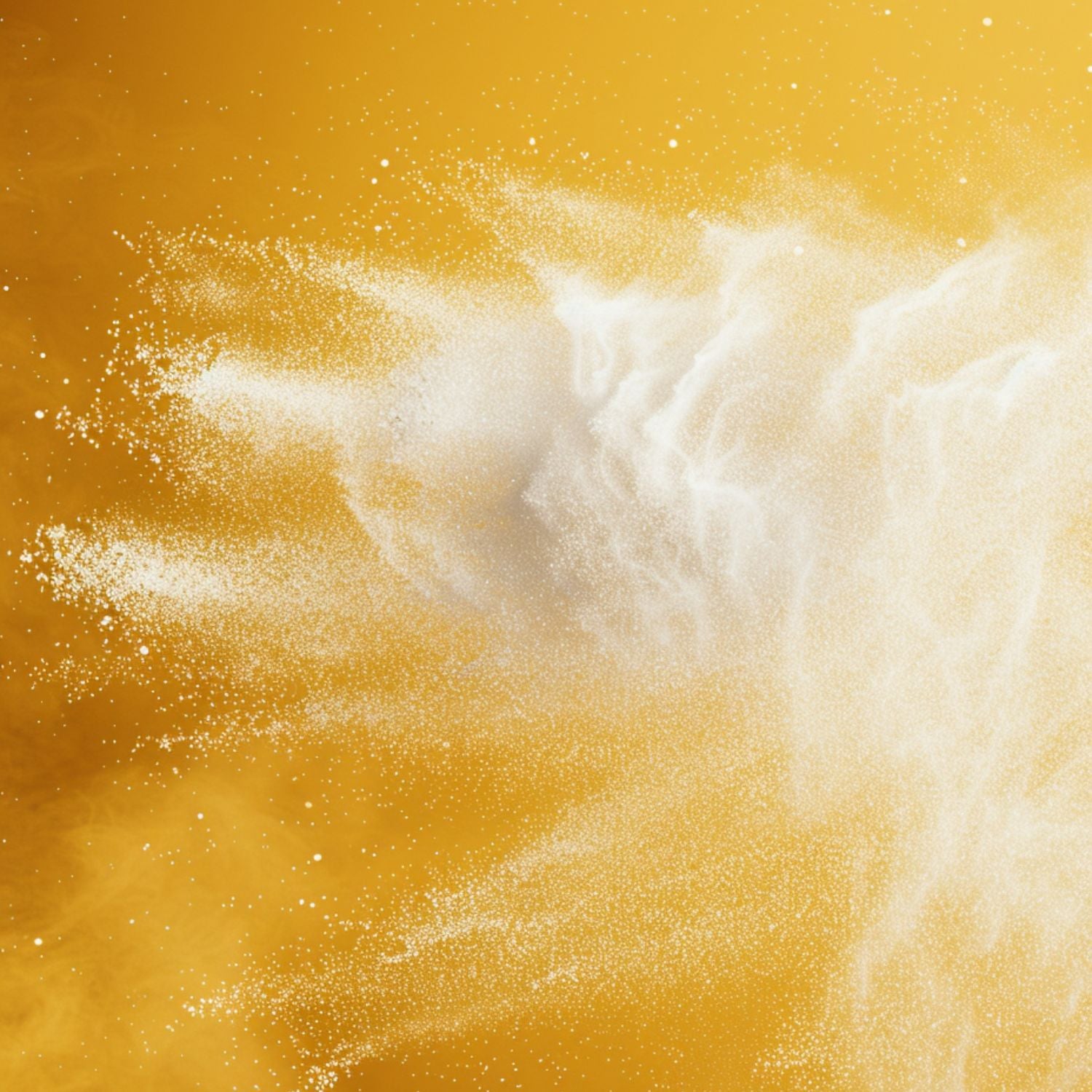







Dual-Action Exfoliator
Pay interest-free installments from R 50.43 with various payment gateways selected at checkout.
SIZE: 15 mL




Choose options
Aqua, Propylene glycol, Glycolic acid, Salicylic acid, Glycerin, Polyacrylamide & C13-14 Isoparaffin & Laureth-7, Triethanolamine, Hydroxyethylcellulose, Potassium hydroxide
Chemical Peel Spray: Travel Size
product benefits
Keratosis Pilaris & Ingrown Hair treatment
Unblock clogged pores
Improve Skin Texture
Anti-Microbial
Reduce Inflammation
Targeted Acne Treatment
Renew skin cells
Brighten and refine skin
Indications for Chemical Peel Spray: Travel Size
Clogged Pores
Folliculitis
ingrown hair
Rough Skin Texture
blackheads
whiteheads
Dull & Lifeless Skin
Aging Skin
Keratosis Pilaris
Enlarged Pores
chemical peel spray
mode of action
salicylic acid targets all phases of the acne process
salicylic acid vs. glycolic acid
the stages of acne

Regulate sebum (oil) production and secretion

Prevent and remove content build-up in pores

Prevent Bacterial Infiltration and infection

Down-regulate and prevent inflammation
mode of action
glycolic acid as aging and pigmentation treatment

Even Skin Tone

Anti-Aging

Exfoliating

Brightening
mode of action
salicylic acid as acne treatment

Keratolytic

Comedolytic

Anti-bacterial

anti-inflammatory
Testimonials


Not sure which products you need?
Find your regimen
Assessment
Submit your free Dermal Diagnosis™ Assessment
Treatment Plan
Receive your Free Personal Profile and Treatment Plan
Confident Skin
Start your Simple and Effective journey to Confident Skin!















